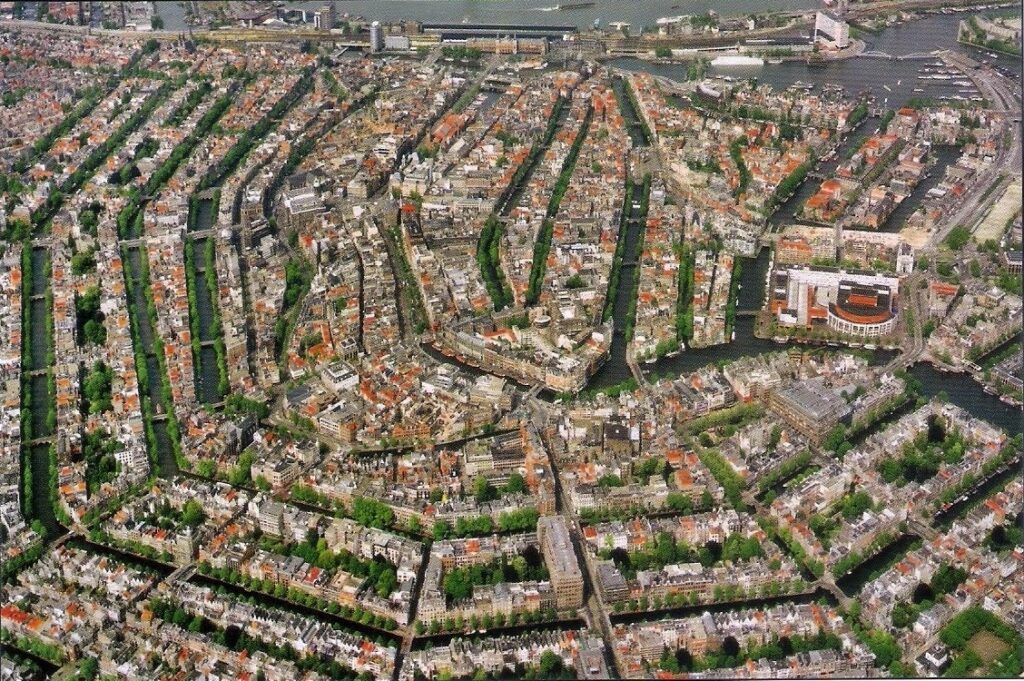
"M. Nolan Gray states that no city should exist, emphasizing that cities are human constructs rather than natural formations, often built in unlikely contexts."
"To create cities like Boston and St. Louis, major engineering feats were required; half of Boston was dredged from the ocean while St. Louis was established by taming the Mississippi River."
"Cities worldwide, including Tokyo and St. Petersburg, also involved remarkable engineering challenges, similar to those seen in American cities."
"Amsterdam’s canals were constructed not for aesthetics but for survival, as the soft swampy ground required drainage to prevent flooding."
Cities throughout history have been constructed not out of necessity but through human intentions and engineering feats. Cities like Boston and St. Louis are examples, formed by significant alterations to natural landscapes, such as dredging and river management. Other global metropolises, including Tokyo and Amsterdam, also demonstrate profound engineering challenges, as Amsterdam's canals were essential for draining swampy land to prevent flooding. This understanding underscores that many great cities exist due to specific historical circumstances and deliberate human actions rather than just organic development.
Read at Open Culture
Unable to calculate read time
Collection
[
|
...
]